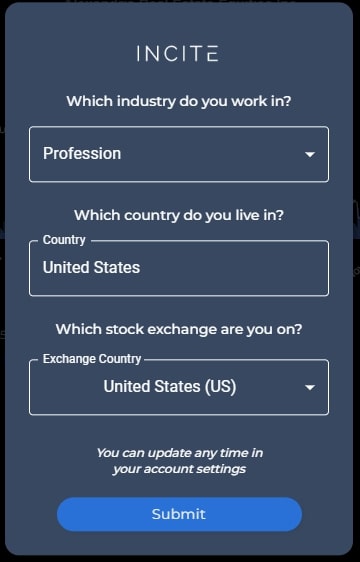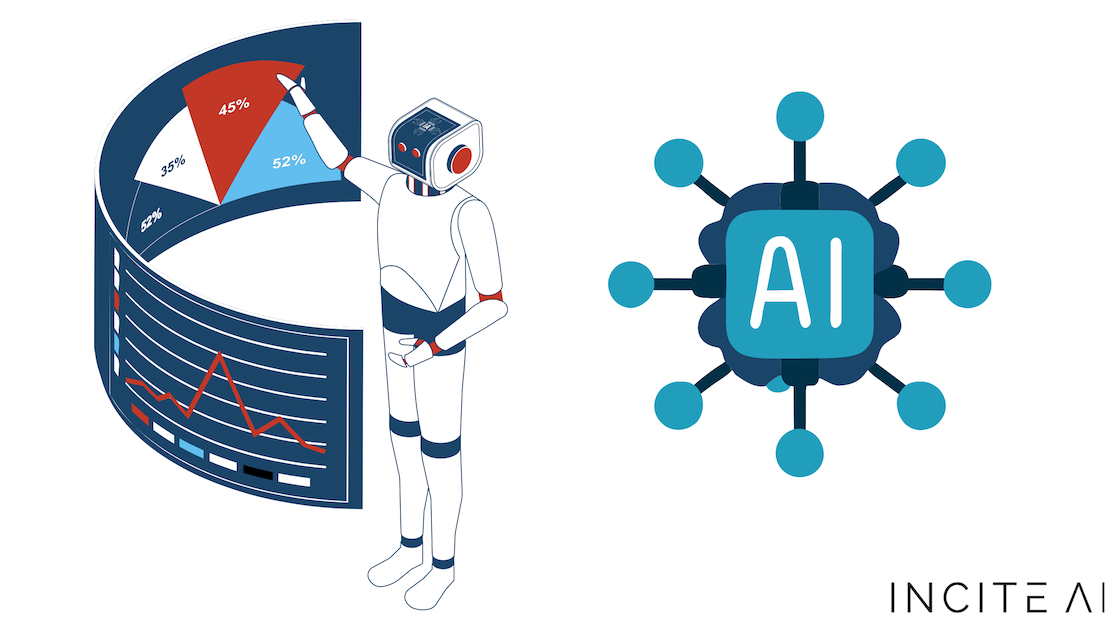To ensure that you are providing accurate and reliable data it is essential to verify the data and sources that are utilized by AI stock prediction and trading platforms. Insufficient quality data can lead to inaccurate predictions and financial losses. This can lead to doubt about the platform. Here are 10 top methods to assess the quality of data and source:
1. Verify source of data
Check the source: Make sure that the platform uses data from reliable sources (e.g. Bloomberg, Reuters Morningstar or exchanges like NYSE and NASDAQ).
Transparency. A platform that is transparent should be able to disclose all sources of its data and keep them updated.
Avoid dependence on a single source: Trustworthy platforms combine data from multiple sources to minimize errors and biases.
2. Assess Data Quality
Real-time data is different from. data delayed Find out if the platform has real-time or delayed data. The availability of real-time data is vital for active trading. Delayed data can suffice for long term analysis.
Be sure to check the frequency of updates (e.g. minute-by-minute updates, hourly updates, daily updates).
Historical data consistency: Check that the data from the past is free of gaps or anomalies.
3. Evaluate Data Completeness
Check for missing data Find out if there are any missing tickers or financial statements, aswell as gaps in historical data.
Coverage: Make sure the platform has a wide variety of markets, stocks as well as indices and equity markets that are pertinent to your trading strategies.
Corporate actions: Make sure the platform can take into account stock splits and dividends. Also, verify if it can account for mergers.
4. Accuracy of Test Data
Consistency of data can be assured by comparing the data of the platform with other trustworthy sources.
Error detection: Search for incorrect pricing, mismatched financial metrics, or unusual outliers.
Backtesting: Use data from the past to test strategies for trading backwards and see whether the results match with the expectations.
5. Examine the Data Granularity
The level of detail The platform offers granular data such as intraday price, volume, spreads between bid and offer, and depth of the order book.
Financial metrics: Ensure that the platform has detailed financial statements, including the balance sheet, income statement and cash flow and also crucial ratios like P/E, ROE, and P/B. ).
6. Make sure that you are checking for data cleaning and Processing
Normalization of data: Ensure that the platform normalizes the data (e.g. making adjustments for splits, dividends) to ensure that the data remains consistent.
Outlier handling - Verify how the platform handles anomalies and outliers.
Incorrect Data: Check whether the platform is using trusted methods to add data points that aren't there.
7. Evaluation of Data Consistency
Timezone alignment: Ensure all data is aligned with the same timezone to prevent discrepancies.
Format consistency: Check that data is formatted in the same format.
Cross-market consistency : Verify data harmonization across different exchanges or markets.
8. Relevance of Data
Relevance of data to trading strategy: Make sure the data you collect is in line with your style of trading.
Explore the features on the platform.
Verify the security and integrity of data
Data encryption: Ensure that the platform uses encryption for data transmission and storage.
Tamper-proofing : Make sure that the data hasn't been altered by the platform.
Verify compliance: The platform must be in compliance with rules on protection of data.
10. Test the Platform's AI Model Transparency
Explainability - Make sure that the platform gives you insights into how the AI model makes use of the data to produce predictions.
Bias detection - Check to see if your platform actively monitors models and data for biases.
Performance metrics - Evaluate the platform's track record and performance metrics (e.g. : accuracy, recall and precision) to determine the accuracy of their predictions.
Bonus Tips
User reviews and reputation: Research user reviews and feedback to assess the credibility of the platform as well as its data quality.
Trial time. You can avail a free demo or trial to try out the features of the platform.
Customer support: Ensure that the platform offers robust customer support for issues with data.
The following tips can aid in assessing the sources of data as well as the quality of AI software for stock predictions. You'll be able make reliable and informed decisions about trading. Take a look at the most popular their explanation for ai for investing for blog info including best ai for trading, ai trading tools, market ai, incite, ai for investment, ai investing, AI stock trading bot free, investing ai, stock ai, best ai trading app and more.

Top 10 Tips For Evaluating The Scalability Of Ai Analysis And Stock Prediction Platforms
Scalability is a key element in determining whether AI-driven platforms for stock prediction and trading are able to handle the increasing demand of users, volume of data and market complexity. Here are 10 strategies for evaluating scaling.
1. Evaluate Data Handling Capacity
Tip: Make sure the platform you're looking at is able to handle and analyze large data sets.
Why is that? Scalable platforms must be able to handle the growing data volumes with no performance loss.
2. Test Real Time Processing Capabilities
Check out how well your platform can handle streaming data in real time including live stock quotes or breaking news.
Why? Real-time trading decisions require real-time analysis of data. Delays can result in missed opportunities.
3. Cloud Infrastructure and Elasticity: Check it out
Tips: Make sure that your cloud platform (e.g. AWS, Google Cloud or Azure) and has the ability to scale resources dynamically.
Cloud-based platforms offer the flexibility. They permit the system to be scaled up and down according to demand.
4. Algorithm Efficiency
Tip: Assess the computational power (e.g. deep-learning or reinforcement-learning) of the AI models that are used to predict.
Reason: Complex algorithms require a lot of resources. Therefore optimizing them can assist you in scaling.
5. Study distributed computing and parallel processing
Make sure that your platform supports the concept of distributed computing or parallel processing (e.g. Apache Spark, Hadoop).
What is the reason? They can accelerate data processing across multiple nodes.
6. Review API Integration and Interoperability
Tips: Make sure that the platform can integrate with other APIs like market data providers and brokerage APIs.
What's the reason? Seamless integration with platforms allows it to adapt to new sources of data or trading environment.
7. Analyze User Load Handling
Make use of a high-traffic simulation in order to see how the platform responds when under stress.
Why? A scalable platform has to maintain its performance as users increase.
8. Examine the the model's retraining and adaptability
Tip: Examine how often and effectively the AI models are retrained with new data.
Why: Because markets are always changing, it is important to keep models up-to-date.
9. Verify that Fault-Tolerance and Redundancy are in place.
TIP: Ensure that the platform has failover mechanism and redundancy in case of hardware or software issues.
Why? Downtime in trading can be expensive, and fault tolerance is crucial to allow for scaling.
10. Monitor Cost Efficiency
Examine the cost of your platform which includes cloud resources, storage and computing power.
What is the reason: The expense of scaling should not be too high. Therefore, it is essential to balance performance and expense.
Bonus tip Future-proofing
Check that the platform is able to incorporate advanced technologies (e.g. quantum computing, advanced NLP) and is able to adjust to changes in the regulatory environment.
If you concentrate your focus on these aspects it is possible to accurately evaluate the scale of AI prediction as well as trading platforms. This will ensure that they will be robust and efficient as well as prepared for expansion. View the top rated AI stock investing for website examples including AI stock prediction, chart analysis ai, ai software stocks, stocks ai, chart analysis ai, AI stock prediction, how to use ai for stock trading, best ai for stock trading, AI stock trader, best AI stocks to buy now and more.
